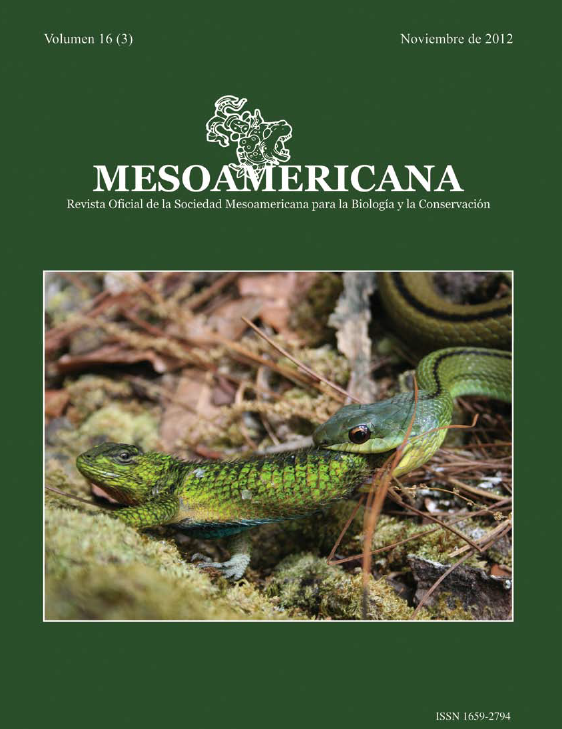

Because ocelots (Leopardus pardalis) are elusive species in the wild, little is known of them. This study determines the home range and circadian activity of this feline in the Barro Colorado Island (BCI), Panama. This island has a wet tropical rainforest. Using wooden box traps and Tomahawk traps, between July 2001 and May 2004 15 ocelots were captured, and three other ocelots in 2009. Once captured, they were sedated and VHF collars were fitted, for the ones captured in 2009 we fitted GPS collars. Camera-traps were used to get additional information from individuals without collars and a more reliable data interpretation. The average home range of ocelots, obtained by radio-telemetry was 3.48 km2 (DE: 3.17) for males and 1.48 km2 (DE: 0.65) for females, although an adult male used an area of 9 km2. Males traveled on average 1.15 km per day and females 0.7 km. Through telemetry and camera traps, we found that ocelots were primarily nocturnal (Night = 63.2%; Day = 36.8%). Our results are similar to other studies; however, they suggest that BCI ocelots have smaller home ranges due to the high availability of food and also by the high density of females within the home ranges of males.